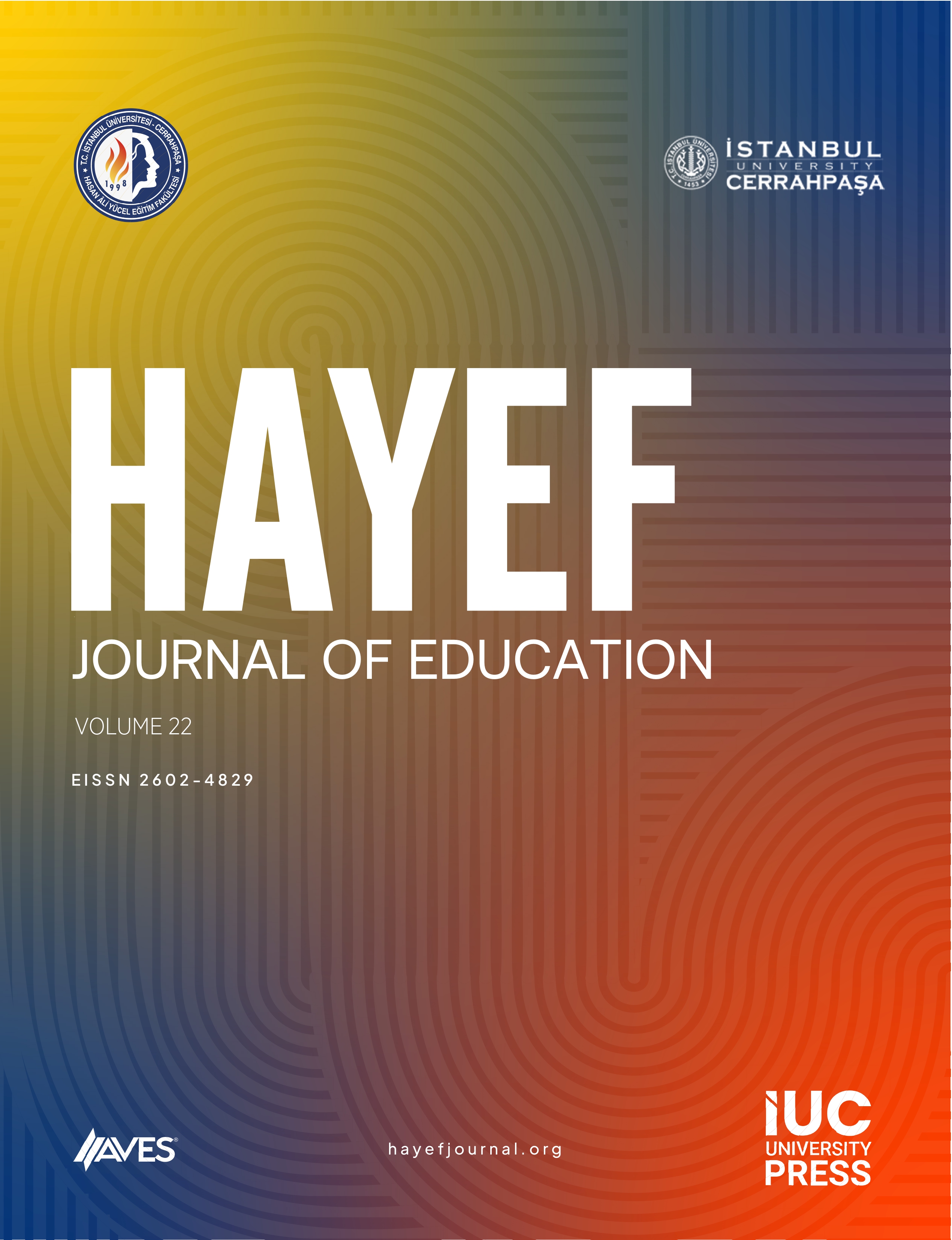Questioning is the strongest tool at a teacher's disposal as it teaches students how to think. Teachers ask hundreds of questions everyday many of which are concerned with recall of textbook information; few questions require students to think beyond a level of recall. Some questions are designed to clarify matters of classroom procedure. Questioning is naturally a two sided affair. Not only is it that teachers put forth questions but equally students are involved in the process through the responses they offer. This paper highlights the methods of effective questioning such as structuring pitching, putting forward ideas clearly and concisely, directing and distributing, posing and pacing, prompting and proving, listening to replies and responding, and sequencing. Along with these tactics various ways of preparing effective lines of questioning are discussed.



